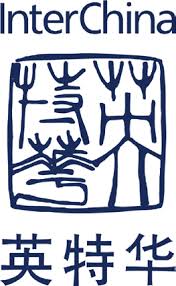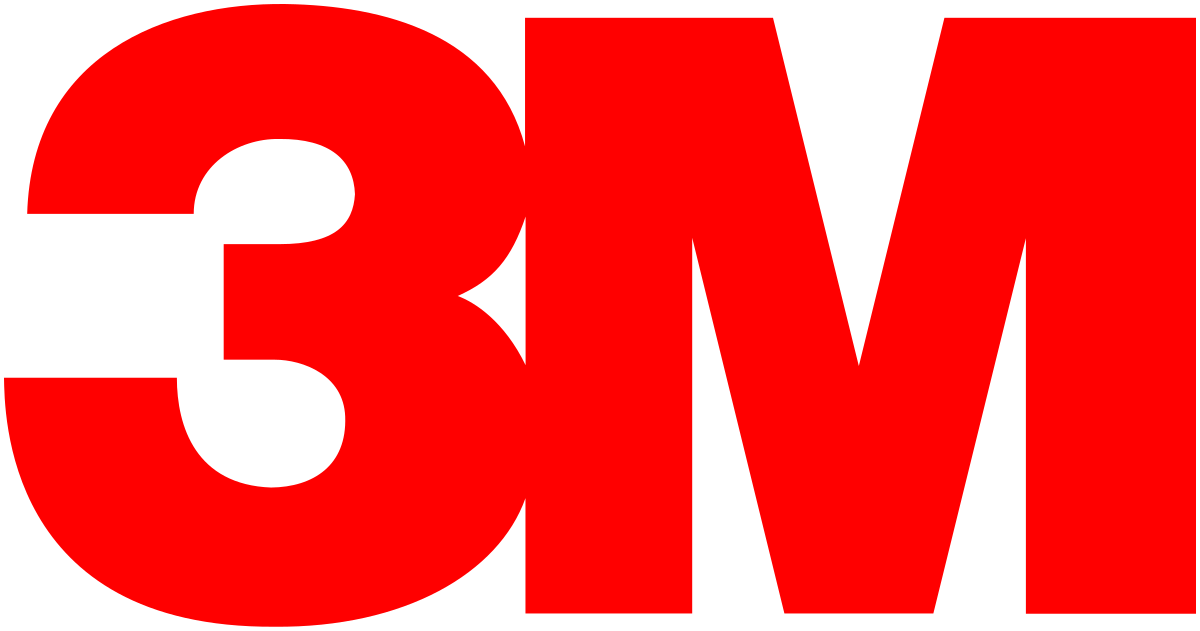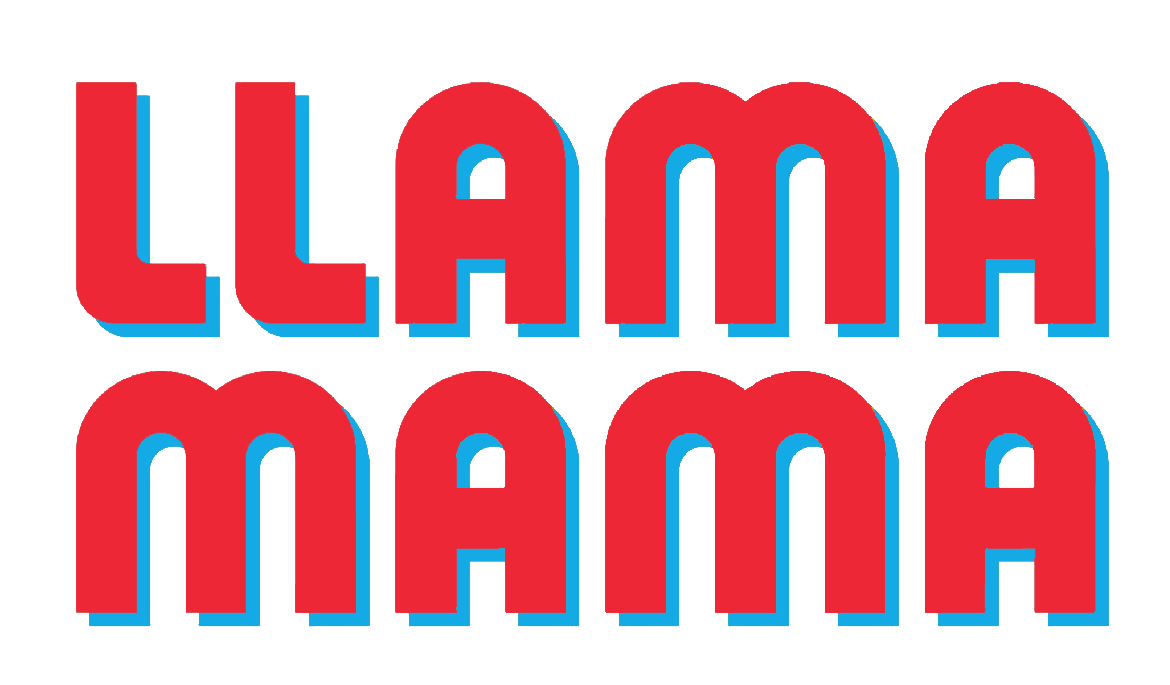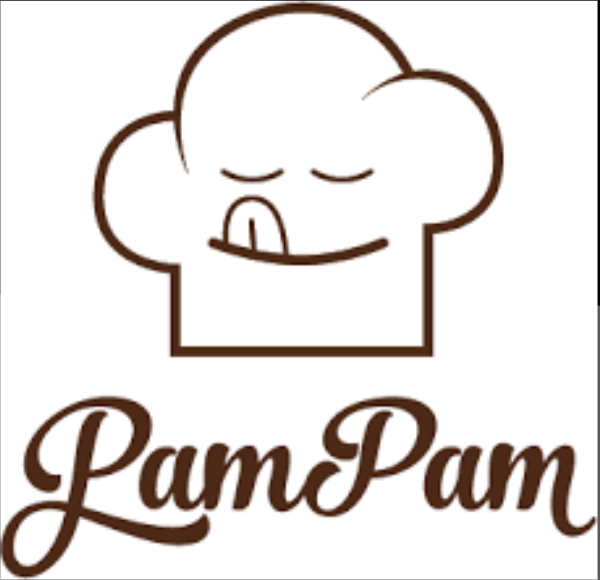If you're a Food and Beverage (F&B) industry executive looking to distribute your products globally, you might be feeling overwhelmed by the array of distribution options available. Feeling stuck between selling direct to consumers or opting for a multi-tiered distribution system? Worried about maximizing your profit margins while ensuring your products reach the end consumers efficiently? You're not alone. This guide will demystify international distribution channels, empowering you to make strategic decisions tailored to your brand's unique needs.
But why listen to us? To create this guide we worked with a team of GourmetPro Pros, all with decades of experience each supporting small, medium, and large food and beverage companies to grow their businesses globally. This guide summarizes over 100 years of combined experiences in less than 2,000 words. Use it as your bible as you develop your international distribution strategy.
Content:
- What are distribution channels?
- An overview of different distribution structures
- Introducing the main international distribution channels
- How to choose the right international distribution channel for your products
- FAQs for Mastering International Distirbution Channels
1. What are distribution channels?
Let’s start with an overview of distribution in general.

Distribution channels are the pathways through which your products travel from production to the end consumers. They involve various entities like distributors, wholesalers, retailers, and e-commerce platforms, playing a crucial role in your product availability, pricing, and overall brand image.
1.1 Why distribution channels matter for international growth in food and beverage
Effective distribution channels are pivotal to the international growth of F&B companies. They ensure your products reach diverse markets while maintaining quality and freshness. Optimal distribution channels also help to localize your brand, enabling it to resonate with diverse cultures and tastes worldwide, a critical aspect for successful international expansion in the F&B industry.
2. What are the different types of distribution channels for consumer goods?
The arena of distribution channels is vast and diverse, and a manufacturer can choose from several options based on their unique needs. Here's a simplified structure to help you visualize the path from manufacturers to consumers.
2.1 Manufacturer to Consumer via Multiple Intermediaries
1. Manufacturer → Agent → Wholesaler → Retailer → Consumer:
This comprehensive chain starts from the manufacturer, moves to an agent, onto a wholesaler, and finally to the retailer before reaching the consumer. This model is common in industries like textiles.
2. Manufacturer → Agent → Retailer → Consumer:
This structure eliminates the wholesaler stage. Products go from the manufacturer to an agent, then directly to retailers who sell to the consumers. This is a cost-effective method for manufacturers looking to trim distribution expenses.
2.2 Manufacturer to Consumer via a Single Intermediary
3. Manufacturer → Agent → Consumer:
This streamlined distribution method involves just one intermediary - the agent. In sectors like pharmaceuticals and cosmetics, this channel is often chosen for its efficiency.
4. Manufacturer → Wholesaler → Retailer → Consumer:
In this model, goods pass from the manufacturer to a wholesaler, then to a retailer, and finally to the consumer. This model uses two intermediaries, but skips the agent stage.
5. Manufacturer → Retailer → Consumer:
This more direct route involves just the retailer as the intermediary between the manufacturer and the consumer. Certain textile companies use this model for its simplicity and directness.
2.3 Direct From Manufacturer to Consumer (D2C)
6. Manufacturer → Consumer:
This most direct channel completely eliminates intermediaries. Manufacturers might use vending machines, online platforms, mail orders, or their own shops to sell directly to consumers. This model can offer significant cost savings and control for manufacturers, but also requires them to manage all aspects of the sales and distribution process.
3. The Dynamic World of International Distribution Channels
Now we’ve refreshed ourselves on how distribution channels are structured, let’s look at specific examples of distribution channels you can use to expand your products internationally.
After all, understanding the variety of international distribution channels is crucial for shaping your global strategy. Let's examine these diverse avenues for making your products available to global consumers.
3.1 Single-Level Distributors as Examples of Market Routes
International distribution channels aren't one-size-fits-all and are often employed under very specific circumstances. Let's look at the potential avenues:
Standalone Flagship Stores
Though a pricey venture, flagship stores allow a company to fully showcase its product range. Typically associated with luxury or sports brands, these stores can make a strong impact in later stages of global expansion. In the early stages, an online flagship store on marketplaces like Alibaba or Shopee can be a viable alternative.
Franchising – A Dynamic International Distribution Strategy
Global franchises often use a network of franchisees to replicate a distinct brand in each country. With a robust brand strategy and the right partners with local market knowledge, franchising can be a viable option, especially for businesses with recognizable brand names, think of global fast-food chains.
Licensing
When you have a product that is either expensive to ship, has a short shelf life, or is subject to high import tariffs, licensing might be your best option. This can give you the flexibility to ensure quality while minimizing logistical challenges. Companies in the beverage and confectionery industry frequently use licensing due to shipping costs and quality control needs.
Direct to Retail
Selling directly to retail chains can be an advantageous strategy if your export market is reasonably close. It allows for control over pricing, product range, and marketing activities while also providing better margins. However, this method requires in-depth market knowledge and might not be suitable for smaller brands or brands new to a specific market.
Working via an Agent
Using an agent as a liaison between your brand and the retail chains can be a beneficial approach, especially when looking for accelerated market entry. Typically, agents are paid on a commission basis, making it a low-risk strategy. However, it's essential to understand local regulations before committing to such an agreement.
3.2 Multiple Levels in the International Distribution Network
For consumer goods, a multi-tiered approach is the most common way of designing international distribution channels when venturing into new markets.
Export Consolidators
Export consolidators specialize in selling to smaller or more complex markets, often where risks are higher. They provide the advantage of domestic client security, with the added benefit of having strong contacts in the market they sell into.
International Distribution Companies
Collaborating with an in-market distributor is a common choice for most brands, especially those just starting out. Despite the sacrifice in margin, the gains include in-depth market knowledge and an established reputation in the new market, significantly aiding brand progress.
Looking for distribution companies in a specific country? Check out our lists of top distributors for:
Online Models and Cross-Border Sales
Selling online to consumers can provide a wealth of transparent data, making it a great way to test a new market. Several online models can be employed, including selling via an online distributor, through your own or your distributor's online store, or through a flagship store on an online marketplace.
Representative Office
While not a sales route per se, a representative office can be a game-changer by coordinating activities with a distribution partner. This can boost a distributor's efforts if the collaboration is successful.
Own Company in the Market
Setting up your own company in the foreign market is an advanced option. It can be expensive but gives you complete control over your sales and marketing efforts in the market. This strategy is usually considered once the volume of sales justifies the cost or if the market is of strategic importance.
4. How to choose the right international distribution channel for your product
Choosing the right international distribution channel depends on various factors like your product characteristics, target markets, resources, and strategic goals. Analyze your product's shipping requirements, shelf-life, and market demand. Evaluate the potential partners' capabilities, reputation, and market knowledge. Remember that your distribution channel should align with your brand identity and customer expectations. For instance, a premium brand might choose high-end retailers to maintain exclusivity, while a mass-market product might be better suited to wider, multi-channel distribution. Also, consider your company's capacity to manage international logistics and regulatory compliance.
For guidance on what to consider when choosing a partner in specific markets, check out our expert guides for:
In conclusion, choosing the right international distribution channel is a strategic decision with profound implications for your brand's international success. Understanding the pros and cons of each option, and aligning them with your company's capabilities and objectives, will set the stage for your global expansion.
Looking For Support With Your International Distribution Strategy?
Navigating the complex landscape of international distribution channels for your food and beverage business can be a daunting task. Luckily, you're not alone! GourmetPro is here to illuminate the path. Our seasoned experts, backed by 20+ years of global F&B experience, are ready to help you understand your options and decide the most effective distribution strategy for your specific needs. Don't let uncertainty hinder your growth. Reach out to us today, tell us about your aspirations and challenges, and let's start building a tailored distribution plan that ensures your global success. Connect with a GourmetPro Expert Today!
FAQs for Mastering International Distirbution Channels
Q1 - What is international distribution channels?
International distribution channels are the pathways through which your product or service reaches the end consumer in foreign markets. These channels range from direct methods, such as your own flagship stores or online marketplaces, to indirect methods involving third parties, such as franchising, licensing, working with export consolidators, or appointing international distributors. It's crucial to understand the complexity of each channel to ensure a successful international expansion.
Q2 - What is an international distributor?
An international distributor is a company or individual located in a foreign market who purchases your products and sells them to the end customers or retail chains. They operate in their own name and bear the responsibility of marketing, sales, and after-sales service. Choosing the right distributor, one with robust market knowledge and reputation, is pivotal for successful market entry.
If you need help selecting your distributors, GourmetPro has a vast network of experienced consultants. Find out more about how we can help.
Q3 - How can I form my international distribution strategy?
Forming an international distribution strategy involves a thorough understanding of your product, target market, and the different distribution options available. You need to assess the various channels and decide which aligns best with your business objectives, resource availability, and risk tolerance. A successful strategy often involves a combination of different channels. Remember, each market is unique, so the strategy should be flexible and adaptable.
If you're unsure where to start, let GourmetPro's seasoned experts guide you. Get in touch with us for a tailored strategy for your F&B business:


%206.png)
.svg)






.svg)



.svg)
.svg)
.svg)

.svg)

















































.png)



















































